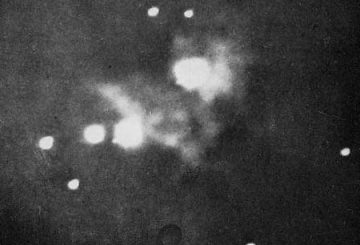Friday Degustation: red base and white base!
Better late than never…
In the first flurry of media coverage after an exhibition opens the first responders are usually reviewers, those battle-weary veterans with short deadlines who must once more dig deep enough past the ennui and right down to their foundational enthusiasm. It aint pretty, but it’s a job. Artists who have the rare pleasure of actually being reviewed know that this can be a bittersweet experience: sure they get coverage, but is it any good? And does the arts writer even understand what the work is about? And what about context, CONTEXT! More nuanced critical responses usually takes a bit more time and usually appears in journals and quarterly magazines which, as far as timing goes, usually means that those responses often come, if not actually after the show is over, but in their dying days. And this is exactly where we find ourselves with two major exhibitions – one in Sydney, the other in Melbourne.
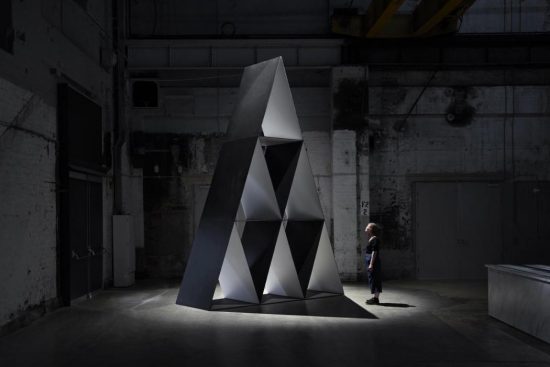
Art critic Eugene Yiu Nam Cheung has a major piece Elegant, democratic, intellectual: a review of The National: New Australian Art 2019 in Art + Australia, in which the writer rounds up a few responses from the first reviews before launching into a two-pronged argument: one prong lambasting the Esteemed Critic John McDonald [and how long is it since we used those words?] and the other prong acting as a mixed-metaphor diving rod on the tripartite exhibition [>] “The National attempts to bridge the gap between the rigid conventions of institutional curating and a generation of artists in search of something more. While visual culture and culture more generally is known to progress at a slower pace in Australia, if this year’s survey can be seen as a metric of possibility then there is much to remain positive about. Put simply, the quality of contemporary Australian art is good. And, while themes of identity are yet to accord with the Australian establishment, the tenacity and drive of these artists affords me the belief that this mindset will inevitably vanish into the annals of history.”

Darren Sylvester‘s major exhibition Carve a Future, Devour Everything, Become Something that recently closed at the National Gallery of Victoria has been given a major review in literary magazine Meanjin. You can tell it’s in a literary magazine and it’s an essay by two things: it’s very long, and it begins off topic in a way that only very clever and confident writers can be: this may seem off topic, but wait! At any rate, author Tiarney Miekus [a writer and musician from Melbourne] asks Is Art Pop? On Darren Sylvester’s Promises… [>] “Sylvester’s work finds an empathy towards and influence from aspects of pop culture: advertising, blockbuster films, American television and serial commodities. But it’s the narrative crux of these forms, the moment where promises become alight, that Sylvester spells out. In one of his photographs, a surgeon looks down at what we imagine to be a dying patient, reminiscent of medical television dramas. The beautifully lit man is caught between hesitance and anticipation. His handsome face shows someone on the brink. Only he can surmount the insurmountable—can I do this? This sense of being ‘on the cusp’ lingers elsewhere: a young girl listens to a Panasonic walkman, mouth slightly agape, so that one imagines new dimensions are appearing just for her; an adolescent boy sits at a dining table in his high school blazer, emotionally obliterated, a love letter of rejection strewn to one side, debris from Subway on another; a woman sits outside on a New York-like stoop, a bag of Dunkin Donuts to her right and a milkshake in hand, her face wearing that far away, lonely look a protagonist gets when things aren’t amusing anymore; six young people of various ethnicities are intimidatingly staggered at a party, each giving you ‘a look’ rather than looking at you, all wearing GAP clothing. This last photo’s title? The object of social acceptance is to forfeit individual dreams…” Told you it was fancy.
Ghosts of The Past
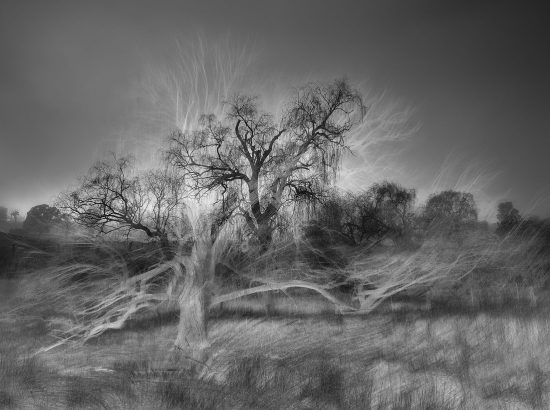
We’ve often thought that the Australian rural landscape is a place that suggests a haunted. What did it look like in the not-so-distant past? And what will it look like after we’re gone? Photographer Mark Kelly examines the disappearing landscape in Ghosts of The Past, at Goulburn Regional Gallery, a series that [>] “…explores the feeling given to him by the alarming rate of land clearing: that many trees have been removed and all that remains are ghosts of the past. Kelly’s favourite photographic subjects are trees, rocks and clouds. The artist loves the juxtaposition of relative time. Rocks are effectively permanent, clouds are a momentary existence, and trees are somewhere in between. One foggy morning, Kelly had been photographing trees and enjoying the graceful forms and the ethereal mood. The idea of land clearing had occurred to the artist, but not how best to convey the feeling. The thought to present work almost as the camera captured it was simply not an option. Discovering a new way of applying blur along a user-defined curve became the catalyst Kelly needed to create the effect sought after.” Snapshot: Mark Kelly, Ghosts of the past, Goulburn Regional Gallery, until June 29, 2019.
Somnambulism today
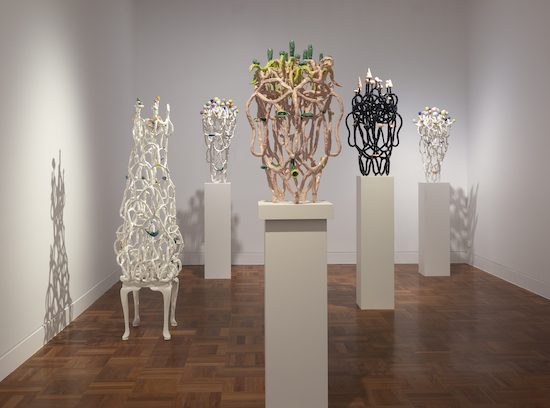
Photo: Christian Capurro
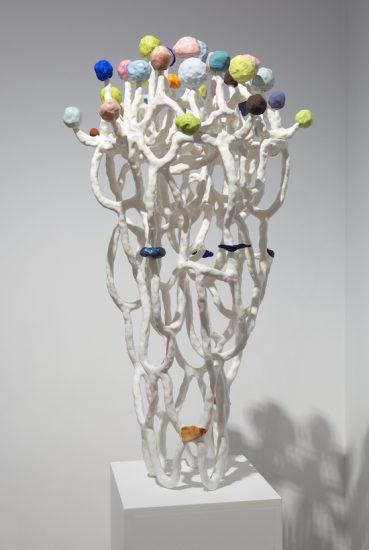
Glazed ceramic. Photo: Christian Capurro
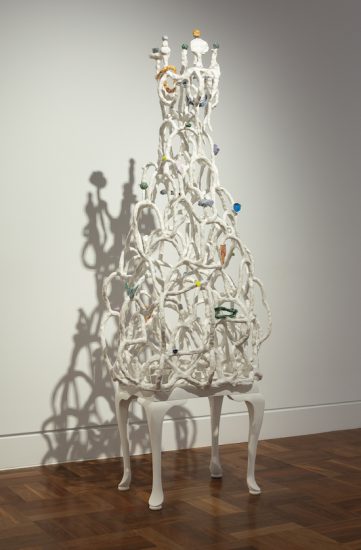
Image: Christian Capurro
Lynda Draper’s new body of work Somnambulism 2019 has won the $50,000 2019 Sidney Myer Fund Australian Ceramic Award announced last Friday evening at the Shepparton Art Museum. The finalists included Julie Bartholomew, Stephen Bird, Greg Daly, Juz Kitson and Isadora Vaughan. The nine piece series [>] “…entails busts of kings and queens, their forms echoing the neoclassical statues discovered in grounds of a European palace, shrouded during the winter months to aid conservation. Monument-like, Draper places these new figures on tall white plinths. Their crisp whites, pearly pinks and pastel hues appear ghost-like and translucent, in contrast to the usual weightiness of bronze and concrete more commonly used for sculptures in parks and public spaces.” The exhibition of Draper’s and finalists’ works will be on show until September 1, 2019.
Film within a film
Discovered spliced into a reel of film that also contained Oskar Fischinger‘s Early Experiments in Hand Drawn Sound was the long-thought lost avant-garde short ABC In Sound by László Moholy-Nagy. Now scanned in 4K, the short was recently unveiled by the British Film Institute in London [>] “Discovering a lost film, hidden in plain sight, must be a dream for all archivists. And this most commonly happens when a short is found tacked onto another film, which is how Sergei Eisenstein’s very first work was discovered in the 1970s, on the end of a Dziga Vertov reel in the Soviet documentary archive. Now BFI archivists William Fowler and Bryony Dixon have found a missing link from the early years of experimental sound [..]. Like a conjuror with a fantastic array of objects, Moholy invites us to imagine what each new section will sound like, with a surprising range of timbre and volume. And if the patterns look like vegetation growing down the side of the screen, or grotesque faces sharing a joke – so much the better. ‘Experimental sound’ can threaten some dutiful listening, but this remains fun. For all his commitment to experimentation, Moholy has clearly retained his sense of humour.”
Metabolist Utopia!
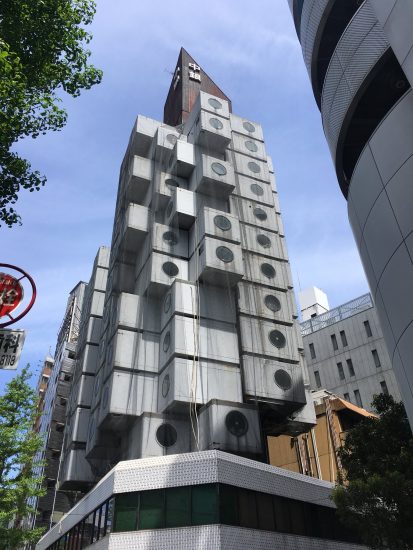
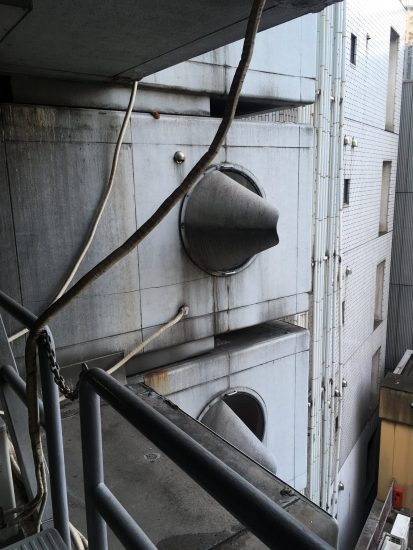
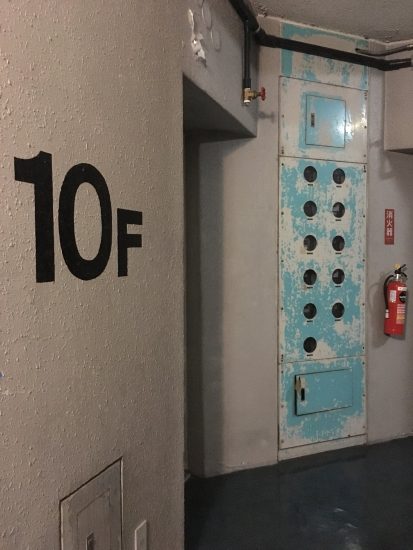
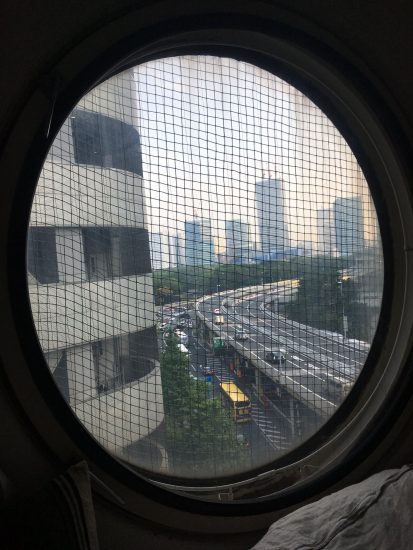
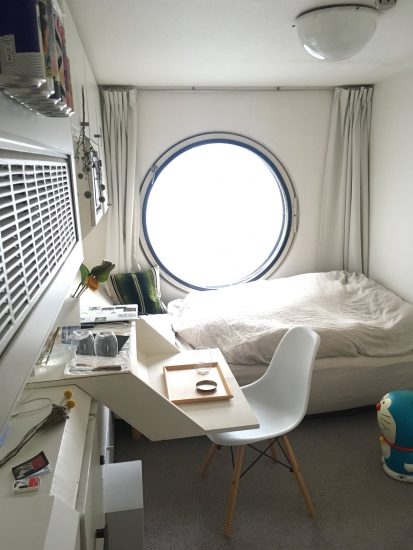
The [>] Nakagin Capsule Tower is a time capsule. It was a building completed in just 30 days in Shimbashi, Tokyo in 1972. Like many such utopian visions of the future [in which residents would live peacefully inside self-contained capsules], the building has fallen into disrepair with failing [or barley maintained] basic services, rising damp and greying concrete. Two years ago Failed Architecture.com featured an article by Ana Luisa Soares and Filipe Magalh?es, two architects who spent a year in the building, who wrote that the architectural movement that have birth to the Nakagin Tower [>] “...came to be seen as an important moment in the definition and understanding of contemporary Japan. A late arrival, Nakagin represented the last opportunity for the realisation of the movement’s ideas. As such Kisho Kurokawa, the building’s architect and one of the founders of the movement, took the opportunity to sculpt an ideal. […] In clear conceptual contradiction, the architect stated publicly that each inhabitant would contribute to the construction of the building’s identity, but in reality it was he who merged all the decisions.”
Yet despite the building’s near derelict state, and international infamy, the building is still partly occupied in 2019. And it appears you can [>] rent an apartment for a short stay. Twitter user @yumataromu has posted a stunning record of her time there: [>] “Until yesterday, I was living alone in the central silver capsule tower for 2 months (husband and cat at home) I didn’t get hot water and went to a public bath, but the survival mansion such as rain leaks but the world expanded rapidly and the warm side of Ginza I met a lot, it’s a little like studying abroad, and I just want to go back to the secret base of only 10 square meters someday …” Check out the full thread.
Animals in top hats!
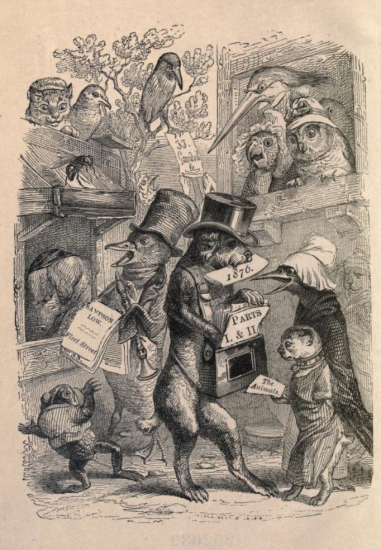
The Public and Private Life of Animals, is a collection acerbic animal fables by [>] ” …the finest literary minds of mid 19th-century France, including Honoré de Balzac, George Sand, and the publisher Pierre-Jules Hetzel (under the pseudonym of P. J. Stahl). The book is also home to some of the finest work (some featured below) by J.J. Grandville, drawings in which we can see the satirical genius and inventiveness that would be unleashed in full glory just two years later with the publication of his wonderful Un autre monde.” Available in its entirety on Public Domain Review.
Follow: @wecallthisatree
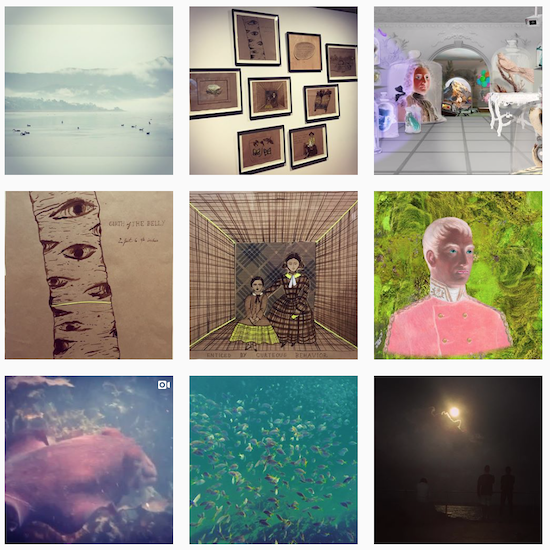
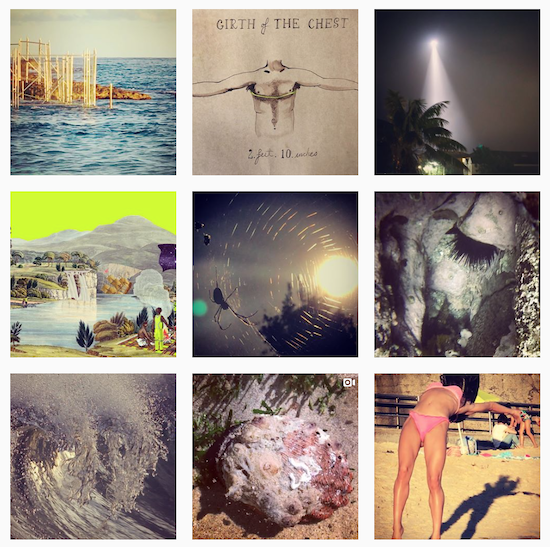
A fun game to play solo or with the family is ‘unnecessary hi-viz’ in which you need to spot someone wearing hi-viz work clothing in the most unlikeliest of places. Of course, this game owes its existence to artist Joan Ross, whose work has taken the ubiquitous eye bleeding yellow and green and applied it liberally across the Australian landscape, past and present. Ross’s Insta account [>] @wecallthisisatree is a place for art snap shots, works in progress, but also a record of often hilarious real life encounters.
Assorted links
Australia has underrated Sidney Nolan, expert says [>] as artist’s widow’s estate comes up for sale
Federal Court imposes $2.3 million penalty on Birubi Art [>] for selling fake Aboriginal art
Incredible [>] timelapse of 10,000 birds at NGV
“Growing up on a farm in Italy, Diego Bonetto remembers being tasked with “collecting the wild greens of spring, the summer berries and the autumn mushrooms” [>] Foraging for food popular in Sydney
Cementa’s fearless creative director awkwardly asks you for money to support [>] Cementa’s plethora of initiatives and our expanded program at the next festival.
GIFs or JPEGS? [>] Digital Archives: Choosing Sustainable File Formats
Enjoy 30GB of 1980s [>] noise music and post punk cassettes
I Am Joe’s Complete Lack of Surprise Dept: [>] Sculpture Is Dying, If Not Dead’: Artist Thomas Houseago on the Struggle to Make Big, Edgy, Public Art
Eagle with swastika under its talons, recovered in 2006, was part of a German battleship’s stern that sank off the coast, now [>] Uruguay court orders government to sell Nazi bronze
Drunk tourist at Dark Mofo wins Government Arts Grant [>] after having a chunder in Hobart CBD

